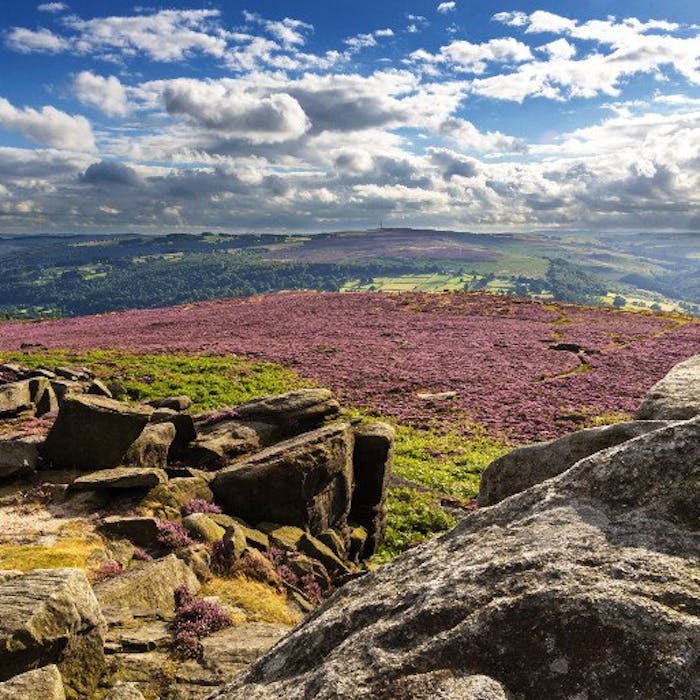
The Peak District National Park - Britain's first and now 70 years old
This year sees the 70th anniversary of the designation of the Peak District as the UK's first National Park. Officially established on 17 April 1951, it was the first of what are now Britain’s 15 national parks.
The stunningly beautiful Peak District reaches into five counties: Derbyshire, Cheshire, Staffordshire, Yorkshire and Greater Manchester. It covers 555 sq miles (1,438km) in the heart of England, about the size of Greater London.
Establishment of the national park followed the Second World War, and legislation enacted in 1949 to give people more rights to enjoy the countryside, previously inhibited by restricted access to private land. Campaigners from the nearby industrial towns of Manchester and Sheffield had focused on the Peak District, including the famous Kinder Mass Trespass in 1932 (see separate entry).
It was set up to protect the landscape’s natural beauty, wildlife and cultural heritage, to promote understanding and enjoyment of its special qualities, and also to foster the economic and social wellbeing of local communities.
Seven decades on, the Peak District shares its birthday accolade alongside the Lake District, Snowdonia and Dartmoor, which were also established later in 1951.
The Peak District is made up of impressive gritstone edges (Dark Peak), steep limestone dales (White Peak) and rolling hills and farmland (South West Peak). The highest point is Kinder Scout at 2,086ft (636 metres). There are 26,000 miles of dry stone wall in the Peak District – equivalent to a wall around the Earth.
Unlike many of the world’s National Parks, which are wilderness areas, the Peak District is a true ‘living landscape’, home to 38,000 people, and with farming activity. The Peak District welcomes more than 13 million people each year.
There are several famous beauty spots within the park, including Dovedale, a shaded valley hidden between Milldale and Thorpe Cloud, through which a 3-mile stretch alongside the River Dove contains some spectacular limestone gorge scenery. The river is edged by towering cliffs, caves and rock pillars, and there are some much -loved stepping stones.
Stanage Edge is the largest of the gritstone edges that overlook the village of Hathersage in Derbyshire, stretching for approximately 6km. This large and impressive feature is popular with both climbers and walkers. There are both challenging rock climbs and picturesque views across the surrounding moors and countryside.
The Roaches is a wind-carved outcrop of gritstone rocks, towering above the town of Leek and Tittesworth Reservoir. Fascinating rock formations have been worn into intriguing shapes. The Roaches includes Hen Cloud, a solitary edge which rises steeply from the ground below, so named due to its appearance of a hen nesting on a cloud. At the top of The Roaches is the beautiful Doxey Pool, shrouded in folklore.
The River Derwent is Derbyshire’s and the Peak District’s major river, and at the Ladybower Reservoir in 1943 the RAF’s celebrated 617 squadron flew practice secret sorties with their Lancaster aircraft equipped with the unique ‘bouncing bombs’, designed for the raid on the dams of the German Ruhr. The twin-towered dam is at its most impressive when the water cascades over it.
Further reading
Links to external websites are not maintained by Bite Sized Britain. They are provided to give users access to additional information. Bite Sized Britain is not responsible for the content of these external websites.
